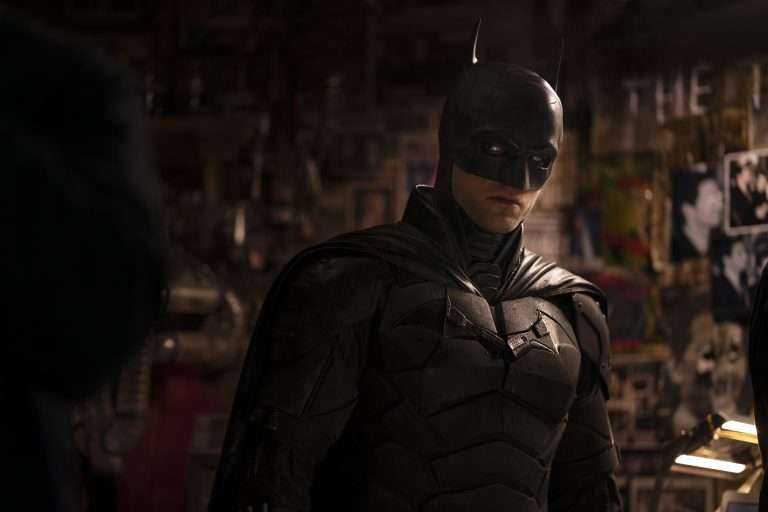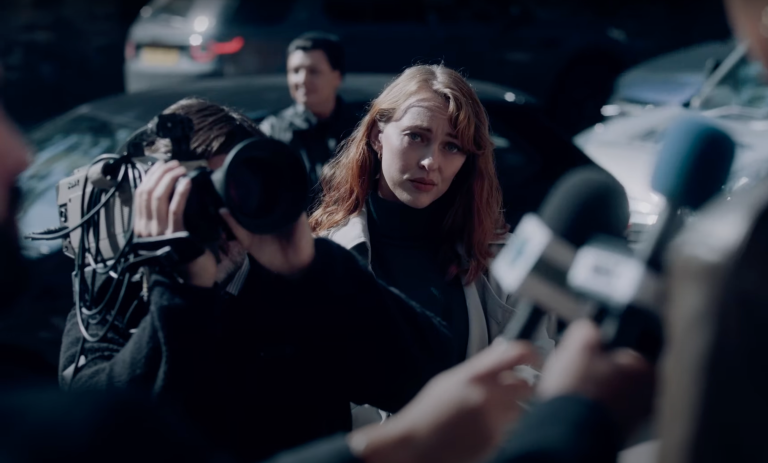Under the harsh lights of the morgue, with cold drawers and silence all around, The Corpse of Anna Fritz (original title: El cadáver de Anna Fritz) turns what should have been the end of a famous actress’s story into something deeply disturbing. Hèctor Hernández Vicens’ 2015 Spanish thriller isn’t a typical horror film, and it’s definitely not one you’d ever find on an uplifting movie list. Instead, it forces us to look at the darkest parts of human behavior when no one is watching—except us.
The plot is simple but chilling: Anna Fritz, a beloved actress, suddenly dies. The world reacts with obsession—fans want to see her one last time, paparazzi want a secret photo, and a hospital worker, Pau, decides to show her body to his two friends. What happens next isn’t about classic horror monsters, but about the horrifying things regular people are capable of.
When Anna unexpectedly comes back to life during an assault, the men’s illusion of “getting away with it” collapses instantly. From there, the story becomes less about shock and more about the terrifying reality of how far people will go. It’s not a tale that leaves us with clear lessons or easy comfort—it leaves us unsettled.
There are no true heroes in Anna Fritz. The men aren’t cartoon villains either—they seem like average people, which makes it even worse. The film traps us in a tight space where fear, guilt, and cowardice drive everything to its breaking point. In the end, we’re left with hard questions: Is surviving the same as finding justice? Is Anna a survivor, or just the last victim of a night filled with cruelty and desperation?
Major spoilers ahead for The Corpse of Anna Fritz (2015). Keep reading only if you’ve seen the film, don’t mind spoilers, or want to dive into a grim story set in the morgue.
The Corpse of Anna Fritz (El cadáver de Anna Fritz, 2015) Plot Summary & Movie Synopsis:
Anna Fritz, one of Spain’s most beloved actresses, dies suddenly at a party, sending shockwaves throughout the country. While the press desperately tries to discover the hospital where she’s taken, Anna’s body ends up in the morgue where Pau, a low-level orderly, works. Unable to resist, Pau snaps a photo and texts it to his friends, Ivan and Javi, and invites them over for a “private viewing.” The three men ogle Anna’s nude corpse.
Ivan, intoxicated by bravado, goads Pau into an act of necrophilia—one Pau, horrifyingly, admits he’s done before. Javi, the least culpable, is nauseated and refuses to participate. During the crime, Anna suddenly blinks to life. She is conscious, but paralyzed, horrified by what’s unfolding. The men panic.
While Javi wants to save Anna and face their actions, Ivan and Pau fear criminal repercussions and plot to murder her to keep their crime secret. Chaos spirals—Javi is killed in the struggle, and Anna becomes the focus of Pau and Ivan’s grim cover-up. Deceptions pile upon deceptions as shame, fear, and primal survival instincts take over, leading to a bloody reckoning that’ll leave only Anna standing.
What does Anna’s return to life reveal?
The film yanks the rug out from under viewers early, using Anna’s revival not for cheap “undead” thrills but to collapse the fantasy of consequence-free depravity. Unlike most horrors, the monster isn’t supernatural—the real “awakening” is the brutal realization of what men are capable of when they believe nobody is watching, and the sheer terror of being awake but powerless against them.
What leads to the breakdown of the men’s friendship?
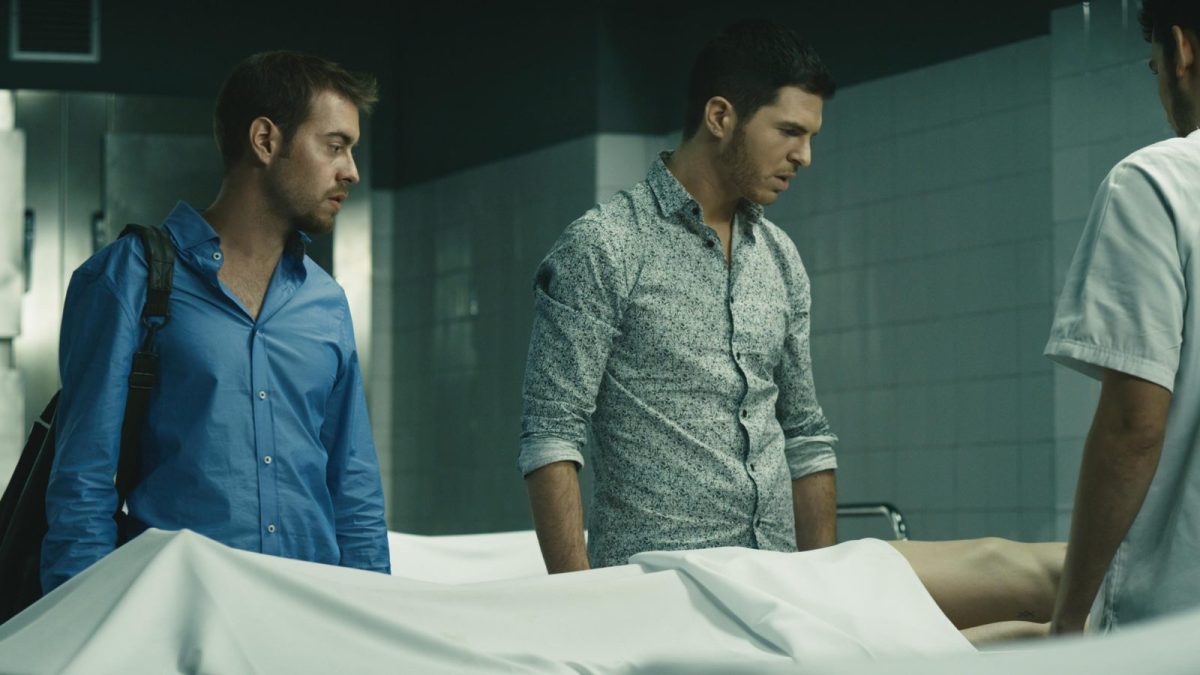
Caught between crime and conscience, the trio fracture instantly. Ivan and Pau want to erase their misdeeds, while Javi—sickened—pleads for decency. These differences don’t make him a hero, but a witness, and his accidental death lays bare how even “bystanders” in terrible deeds are rarely just innocent onlookers. Friendship dissolves with horrifying speed in the face of exposure.
Was Anna’s final stand about survival or was it about revenge?
Pau pretends to kill Anna for Ivan’s benefit but secretly spares her, hinting at a flickering, self-interested remorse. Ivan, the most remorseless, returns for a forgotten wallet—because, irony of ironies, it’s everyday details that trip up the guilty. Anna, grasping at survival, ultimately kills both men, her face smeared with blood and unblinking trauma. Was this justice or another act of desperation? As Anna stands, silent and trembling, we’re left questioning whether vengeance restored her power or only emphasized what can’t be undone.
The Corpse of Anna Fritz (El cadáver de Anna Fritz, 2015) Movie Ending Explained:
What Really Happened in the Final Scene?
After Pau and Ivan plan to kill Anna—Pau only pretending to smother her so she could survive—they try to leave the morgue. But Ivan remembers he left his wallet behind. Even though Pau begs him not to, Ivan goes back and finds Anna alive, trying to escape. Panicking, he attacks Pau, thinking he was betrayed, but Anna steps in and stabs Ivan to death.
Pau is next. Even though he didn’t fully go through with killing her, he was still part of it, and Anna kills him too. The last image of Anna is chilling: covered in blood, shaken, standing over the two bodies. She is alive, but what remains is unclear. It doesn’t feel like victory, because the audience knows nothing can erase what has happened.
What Does the Movie Actually Say About Victimhood and Justice?
Unlike most movies with this kind of story, The Corpse of Anna Fritz doesn’t give us an easy sense of justice or empowerment. Anna’s revenge isn’t shown as strong or victorious—it’s raw, desperate, and done only because she has no other choice. She doesn’t survive by healing or moving on, but by repeating the same violence that was done to her.
This leaves the audience feeling uneasy instead of satisfied. Justice doesn’t come from the law but from Anna herself, trapped in a small, bloody room with everything at stake. Her actions aren’t shown as heroic but as the only way to stay alive. The film leaves us with a hard question: after going through something like this, can anyone truly come out whole?
The Corpse of Anna Fritz (El cadáver de Anna Fritz, 2015) Movie Themes Analysed:
Power, Objectification, and the Bystander Effect
In The Corpse of Anna Fritz, women are shown as objects, with Anna’s body treated like something to be used or looked at, even after death. The film also shows how society can admire and celebrate women while still reducing them to objects. Javi’s silence and lack of action prove that just standing by doesn’t make someone innocent—he still pays the price for being part of it.
The friendship between the three men becomes a space for pressure, excuses, and shared weakness, trapping them in their own choices. For Anna, what she does isn’t about revenge but about survival; she wakes up in a world where she is completely vulnerable, and her only choices are to fight or be killed.
What’s the real horror that comes after the blood?
If the movie, The Corpse of Anna Fritz leaves the audience with anything, it’s a feeling of unease that doesn’t go away. There’s no real justice, no sense of things being fixed, and no healing. The film doesn’t ask us to root for Anna—it forces us to face how quickly people can become part of something awful, how one act of violence leads to another, and how trauma doesn’t end cleanly.
Could Anna have survived without violence? In this story, maybe she could have lived, but living and truly escaping aren’t the same thing. The film shows the cost of moral failure for everyone involved, without giving us clear villains or a neat ending. It leaves us with the harsh truth of what people turn into when they believe rules and lives don’t matter.

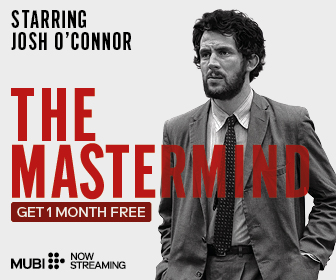
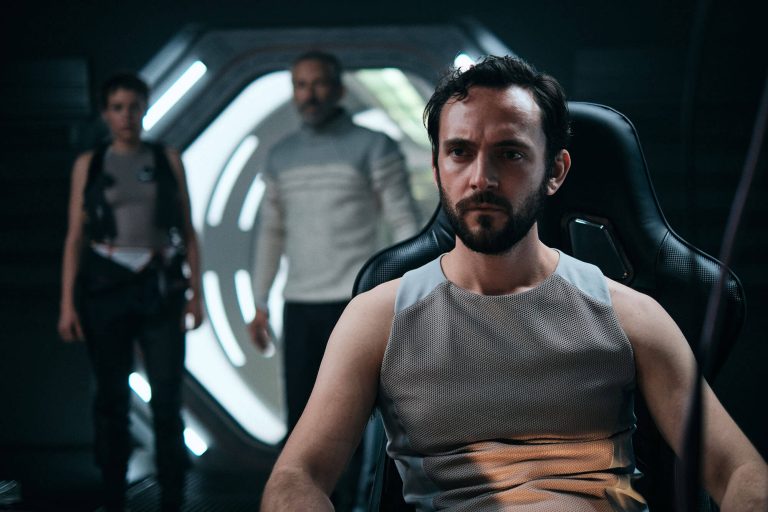
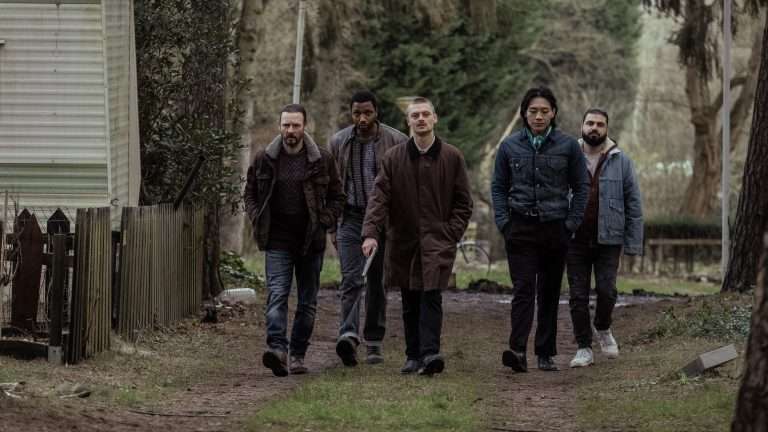
![Prometheus [2012]: Of Visual Beauties and Faltered Ambitions](https://79468c92.delivery.rocketcdn.me/wp-content/uploads/2017/05/prometheus_by_koshelkov-d4xkyzg-768x432.jpg)
![The Odd-Job Men [2021]: ‘TIFF’ Review: A Mellow Dramedy Built into an Environment of Crisis](https://79468c92.delivery.rocketcdn.me/wp-content/uploads/2021/09/the-odd-job-men-768x528.jpg)
